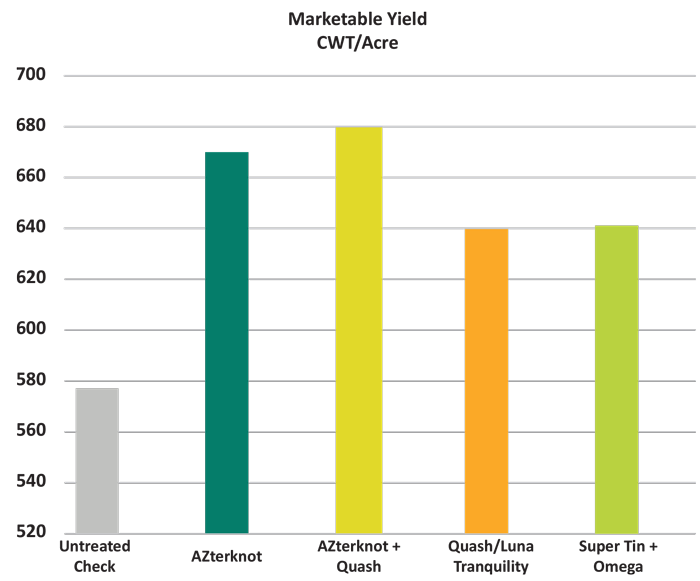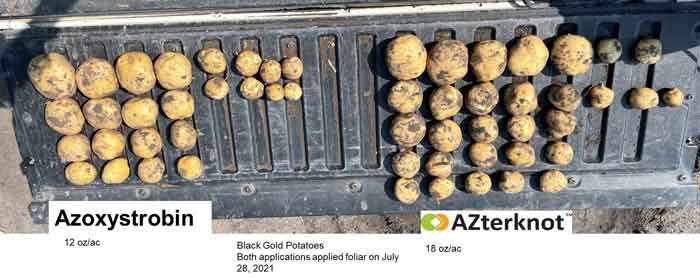|
Click to listen to this article
|
By Victoria Marsh, Technical Sales Agronomist, Vive Crop Protection
Can biologicals work in large-scale agriculture? This question has been increasingly posed in the agricultural community. With the EPA and states removing chemistries from the market, resistance increasing in pests, and increased regulations on active ingredient (AI) units applied to cropping systems, the biological crop protection route is looking more and more appealing.
In this article, we look at the reasonableness of using biologicals for pest control, its benefits and its shortcomings. And we look at how biologicals compare to the synthetic pesticides currently on the market.

Most farmers know the power of a good synthetic pesticide. When applied correctly, synthetic pesticides will achieve the desired control quickly and at low rates. However, the current market for new AIs is slowing down as many “simple synthetics” have been discovered, and what’s left takes a lot of research to find and develop. For instance, it takes an average of 10 years and $250 million to produce a new AI, according to CropLife International. That’s a big investment from a crop protection manufacturer, especially when the return isn’t guaranteed. This, paired with the fact that more and more states are restricting AI loads and specific AIs, along with the growing resistance to AIs, leads to fewer tools in the farmer’s toolbox to combat disease and insect pressure.
Farmers may be asking themselves right now, if AIs are being reduced and not replaced at the same rate, meaning we will eventually run out of AIs, what options will be left? Many researchers would answer that biologicals are the key to continued pest control – or at least part of it.
Putting Products to the Test
So, why aren’t biologicals taking over all the ag markets – organic and conventional? There are a few reasons: efficacy, ease of use and pest control. There are many biologicals that solve one of these issues, but to find products that can meet all three product requirements is challenging. If producers have used a biological, they may have experienced any of the following “normal” issues with application: refrigeration requirements, oily texture, plugged nozzles, high spray volume, microbial growth in spray tanks and smell.
To find a product that eliminates the hardships of application, has a decent shelf life and is also efficient is unique. Luckily, there are several companies dedicated to finding this balance.

A potato fungicide trial completed by Miller Research in 2022 tested 14 products including a biological fungicide treatment that was half Azoxystrobin and half Reynoutria extract, a biological. The results speak for themselves (Fig. 1). By combining the ease of use with a dual mode of action fungicide, the product called AZterknot provided consistent disease control and had the highest marketable yield in the study. While AZterknot is only a half biological product, it shows the potential for biological products to fit in large-scale operations without sacrificing efficacy or yield to reduce AI load (Fig. 2). And this is just one biological product on the market out of hundreds.
There is a long road ahead before biologicals are as mainstream as synthetics, but with the advancements being made by companies and the research going into these AIs, I believe that in the future, American farmers will apply biological crop protection products with the same frequency as they apply synthetics today. But to answer the question posed by this article: can biologicals work in large-scale ag? It appears that there are already biologicals on the market that can meet the demands of large-scale farmers. Now the question to pose is: will farmers choose to use them?


